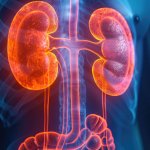
News • PFAS and Kidney Health
New research reveals connection between PFAS, kidney function and gut health
New research has revealed that the connection between PFAS, and kidney damage may be tied to dysregulation of the gut microbiome.

New research has revealed that the connection between PFAS, and kidney damage may be tied to dysregulation of the gut microbiome.
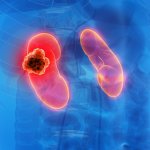
Kidney cancer is relatively rare, so dedicated screening programmes would not be cost-effective. Combined with lung cancer screening, however, this would be much more feasible, a new study shows.
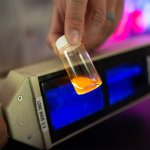
Before administering certain drugs, doctors check a patient’s kidney function by testing their blood urea nitrogen and creatinine levels. New research shows that gold nanoparticles might give more accurate results.

Sometimes all it takes is a little push: Using ultrasound to reposition small kidney-stone fragments significantly lowers patients’ returns to the operating room, a new study finds.

Acute kidney injury not only affects the kidneys, but can also impact brain health, leading to an increased risk for developing dementia. This is according to a new study from Sweden.
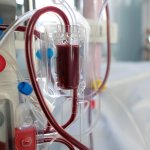
New research sheds light on the tradeoffs between survival and time spent in inpatient care that dialysis might entail. This could help patients with kidney failure make more informed decisions.
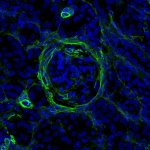
Systemic lupus erythematodes can lead to severe kidney damage. However, until now, the cause for this remained unclear. New research has now revealed the underlying mechanism.
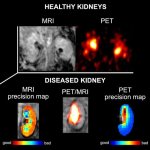
A new type of contrast agent for use in both MRI and PET imaging has the potential to significantly enhance diagnosis and subsequent treatment, particularly for kidney diseases and tumors.
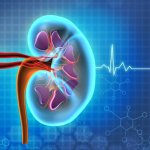
A prospective study has revealed that kidney dysfunction may be a powerful predictor of sudden cardiac death. Findings could lead to revisions in the guidelines for ICD usage.

Using an advanced scanner, researchers have developed a technology that can detect the earliest changes in the kidney when scar tissue begins to form.
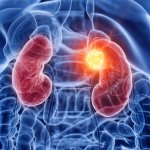
Immunotherapy increases survival rates in kidney cancer, but does not work for everyone. A research team developed a new method to predict which patients will benefit from it.

Metabolic disorders, renal failure, UTIs, sepsis, poisoning: The higher temperatures climb in summer, the more people are hospitalized, a study shows - with some groups being more at risk than others.
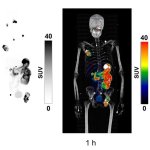
A new study suggests superiority of the novel investigational PET imaging agent ⁶⁸Ga-DPI-4452 (Debio 0328) to standard CT imaging in the context of clear cell renal cell cancer (ccRCC).
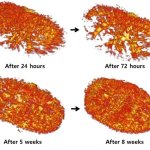
A Korean research team has advanced the imaging of kidney diseases using ultrafast ultrasound that captures 1,000 images in just one second.
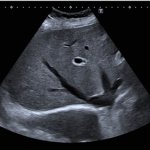
High-BMI patients are a challenge for abdominal sonography. In a new study, researchers point out the benefits of special high-performance probes and their impact on image quality.
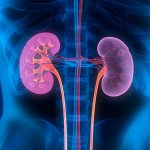
A new approach to treating kidney failure could one day free people from needing dialysis or having to take harsh drugs to suppress their immune system after a transplant.
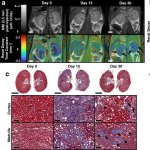
University of Ottawa scientists have introduced a metal-free MRI dye capable of mapping kidney function with unprecedented accuracy — a promising technique for more personalized care.
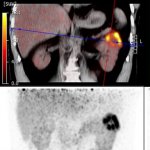
A new PET tracer, 89Zr-DFO-girentuximab, can accurately detect a type of kidney cancer called clear cell renal cell carcinoma and differentiate it from other types of kidney tumors.
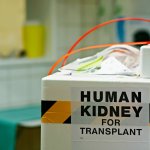
A pioneering new method to assess the quality of organs for donation has the potential to revolutionise the transplant system, saving lives and tens of millions of pounds.